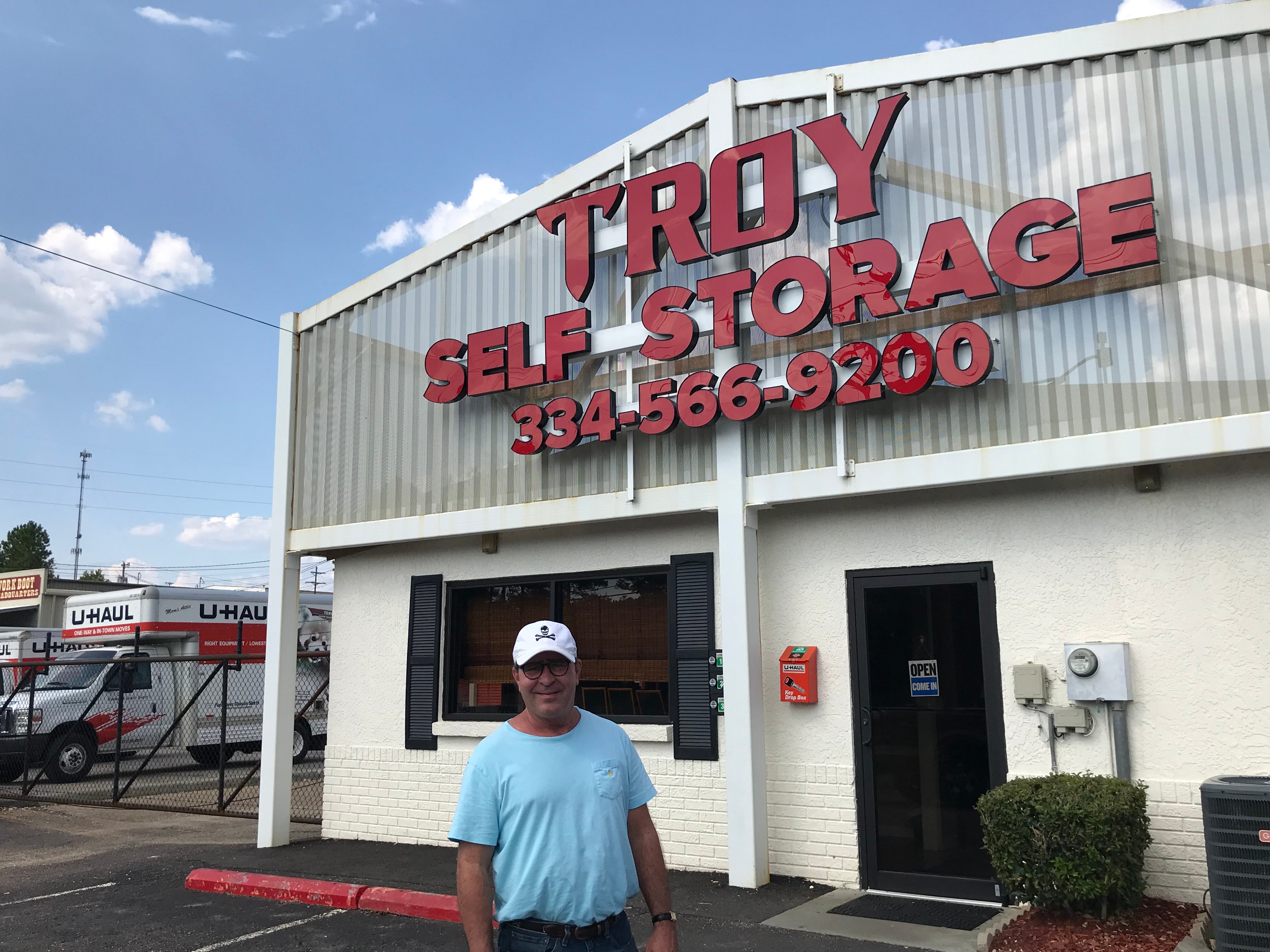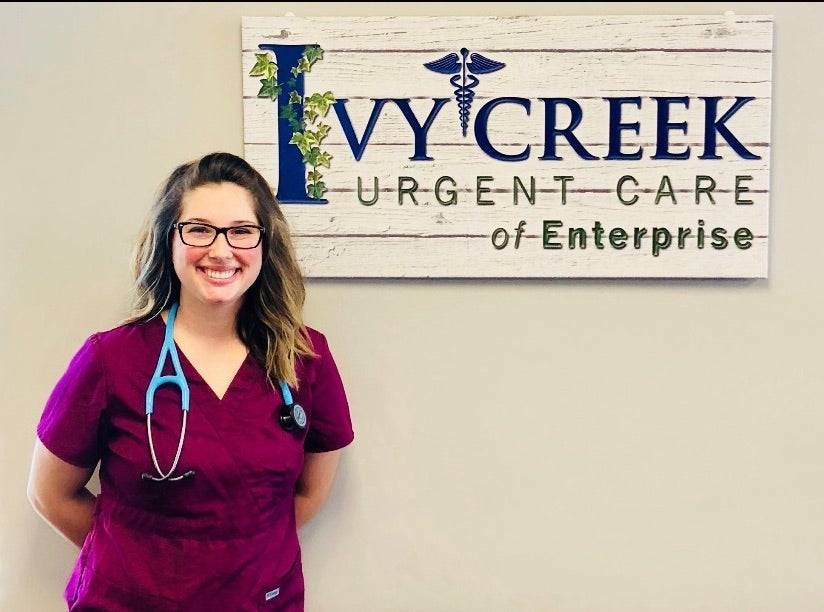DiChiara: Strokes have small frame for survival
Published 10:00 pm Thursday, August 20, 2009
Troy Regional Medical Center knows well the importance of renewing employee training.
That’s why hospital nurses, doctors and paramedics gathered together this week for an Advanced Cardio Life Support course.
“It’s to train nurses in advanced cardio life support, where they receive training on death causes and rhythms, treatments, medications and how to recognize what’s going on,” said Doris Robinson, education team leader for TRMC.
Robinson said employees are required to take the course every two years.
During the course, Robinson said the medical staff was split into training stations, where they are given scenarios related to cardio problems to analyze.
Participants also were taught different courses, one led by Dr. Mickey DiChiara, of Pike Internal Medicine.
DiChiara, who taught a course on strokes, said time is key to surviving.
“Something that I thought was real important is there are 700,000 strokes in the U.S., and of those, one in 15 die,” DiChiara said.
DiChiara said 85 percent of those strokes are ischemic, which means its caused from a clot, but the other 15 percent are hemorrhagic strokes.
Ischemic strokes, he said, also present the best chance of survival.
“If they get to the hospital in time, they can get therapy and that a lot of times breaks open the clot and the brain is saved,” DiChiara said.
DiChiara said there is a 3-hour window from the time of the stroke to treatment that people typically have for survival.
That’s why he said it’s imperative to call an ambulance as soon as symptoms begin.
“Everyone needs to know to call EMS for transport rather than waiting and thinking about it,” DiChiara said.
Symptoms include facial droop, arm drift, abnormal speech, weak arm, weak legs and inability to talk or swallow.
DiChiara said all the symptoms don’t always occur during a stroke, so it’s important not to take any of them lightly.
“The big thing is getting there on time. After you get there, get evaluated and get a CAT scan, it all has to be done within three hours of arrival,” DiChiara said. “If it took an hour to there, they only have an hour and 45 minutes left.”





